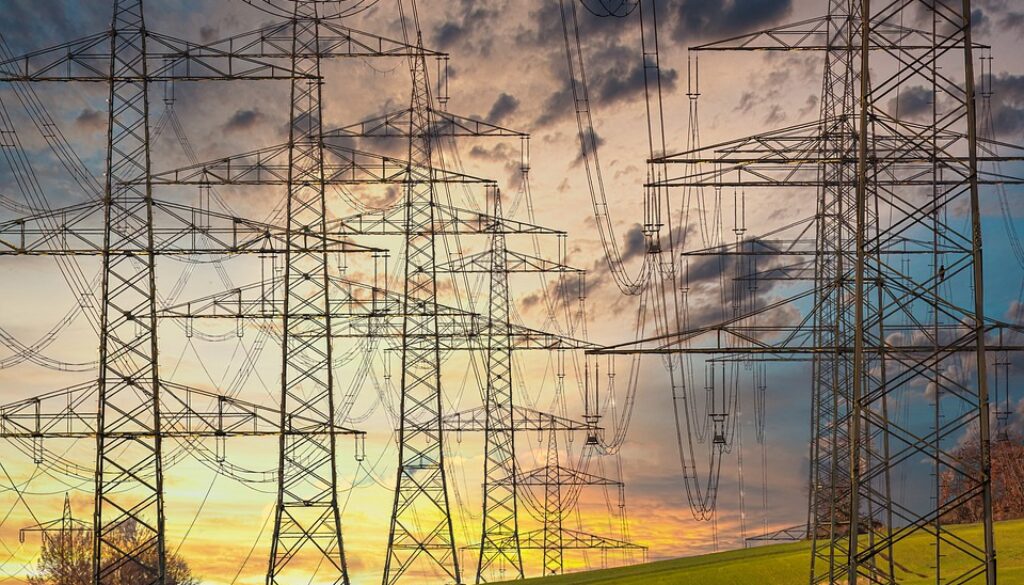We Are the Fastest Growing Country as Far as Energy Transition is Concerned: Raj Kumar Singh
Union Minister of Power, New and Renewable Energy, Raj Kumar Singh, charts out the blueprint for this transition toward green energy in an exclusive interview with BW Businessworld and Exchange4Media Chairman and Editor-in-Chief Annurag Batra and BW CFO Editorial Lead Urvi Shrivastav
India targets a renewable energy capacity of 450 GW by 2030, which hopefully will replace at least half the power sourced from fossil-fuel-based plants. Union Minister of Power, New and Renewable Energy, Raj Kumar Singh, charts out the blueprint for this transition toward green energy in an exclusive interview with BW Businessworld and Exchange4Media Chairman and Editor-in-Chief Annurag Batra and BW Disrupt Editorial Lead Urvi Shrivastav
We are making a shift from conventional sources of power to non-conventional sources. What is your vision for this shift?
When our government came to power, 20,000 villages with lakhs of habitations, were not connected (with electric supply lines). We connected all of them, including 28.2 million houses, which was the largest expansion of access anywhere in the world. No other country has had so many homes connected in a period of 18 months. Further, we had promised to wrap up to the Red Fort in 1000 days, we did it in 90 days.
We also solved the problem of adequacy. There was a problem of load shedding across the country, we have transformed that (power shortage) to a surplus, and are now exporting power to Nepal, Bangladesh and Myanmar. The availability of power in rural areas back in 2014 was 10 to 12 hours, today it is 24 hours, while in urban areas availability of power is for 23.5 hours. To achieve this, we gave money to the distribution companies to construct more substations. Subsequently, 2,700 more substations have been constructed, and 3,200 substations have been upgraded. We established 7.5 lakh distributors of ST lights and LT lights. We also gave money for establishing 6,65,000 transformers. These efforts have been possible because of the increase in power supply.
World over there is a move away from fossil fuels towards sustainable and green power. We had pledged earlier in Paris that 40 per cent of our power generation will come from non-fossil fuel sources. We are the fastest growing country as far as energy transition is concerned, which is so quick that we are already at 38 per cent renewable capacity. It is targeted that 50 per cent of our capacity will be from non-fossil fuel sources, that is, non-carbon sources, which include wind, solar, hydro, and biomass. We have 1,46,000 MW already established of these four sources, and we have 65,000 MW under installation.
We are the only major economy in the world, whose actions are commensurate with restricting global warming to two degrees Celsius. This is even though our per capita emission is one third of the world average. We have added 1,42,000 km of circuit lines right up to Ladakh. Now we are taking it to the Nubrah valley.
What is the roadmap from here onwards?
We have been given a goal of establishing 450 GW of (renewable) power by 2030, which is important given that the present government pays heed to environmental concerns. Our energy requirements will go up, which we will fulfil via renewables. While making this transition, there are only two hurdles, the first of which is price of storage. If we are adding renewables, then we need storage and balancing power. For this we are increasing hydro power generation capacity, bringing a pump hydro policy, and reducing battery storage cost. In a few days we are coming out with a bid for 4,000 MW Hour in battery storage. The maximum that is present in the world today is 250 MW Hour, and 4,000 will be a mammoth jump.
How do you plan to fund these projects?
We follow a transparent bidding process, where the person with the lowest quote gets the project. We then purchase the power from them and distribute it. Distribution companies put a mandate with respect to how much percentage will come from renewable sources, called ‘Renewable Purchase Application’.
When we started off, the price of renewable energy was more than that of power processed from fossil fuels, but now the price of renewable energy is less, making it more viable. This has happened because we have added more volume. When we started off – say seven years back – solar energy cost Rs 15 per unit. Today it costs Rs 1.99 per unit, which will go down further. Similarly, we are adding volumes in storage, which is at present at Rs 6 per unit. Once we add more capacity, the cost will come down.
What specific steps is the government taking to involve private players in renewable energy generation?
As I said, we hold a transparent bidding process which includes only private sector companies that are investing. One of the things we did not like was the massive import of solar panels, so we wanted to change that. So, we introduced projects where only domestically manufactured modules could be used. Given that we provide them subsidies we can dictate what kind of solar panels we want. We found that some countries were dumping solar cells at very low prices in India. To counter this, we have increased customs (duties) which will kick in from April 2022, at 40 per cent on modules and 25 per cent on cells. The duty on cells will later go up to 40 per cent.
Apart from that we have put in a system of an approved list of models and manufacturers. You have to be registered for that to be able to compete for any project. We have also come out with a bid for production linked incentives. Moreover, India is able to attract investment from foreign players because of the vast market size and growth potential.
The existing capacity of coal plants is not being utilized fully. What is being done to remedy that?
We have added more capacity since we have come to power, because we are transitioning from a power deficit country to a power surplus country. For the first two or three years we felt that we had added too much capacity, and some units were shut down due to lack of demand. Now things have changed, and the rate of growth of demand for power is very healthy. Earlier the capacity utilized was about 55 per cent, now it is going up to 65 per cent – 70 per cent. Given that the demand is very robust, we have to keep up the supply from coal plants.




